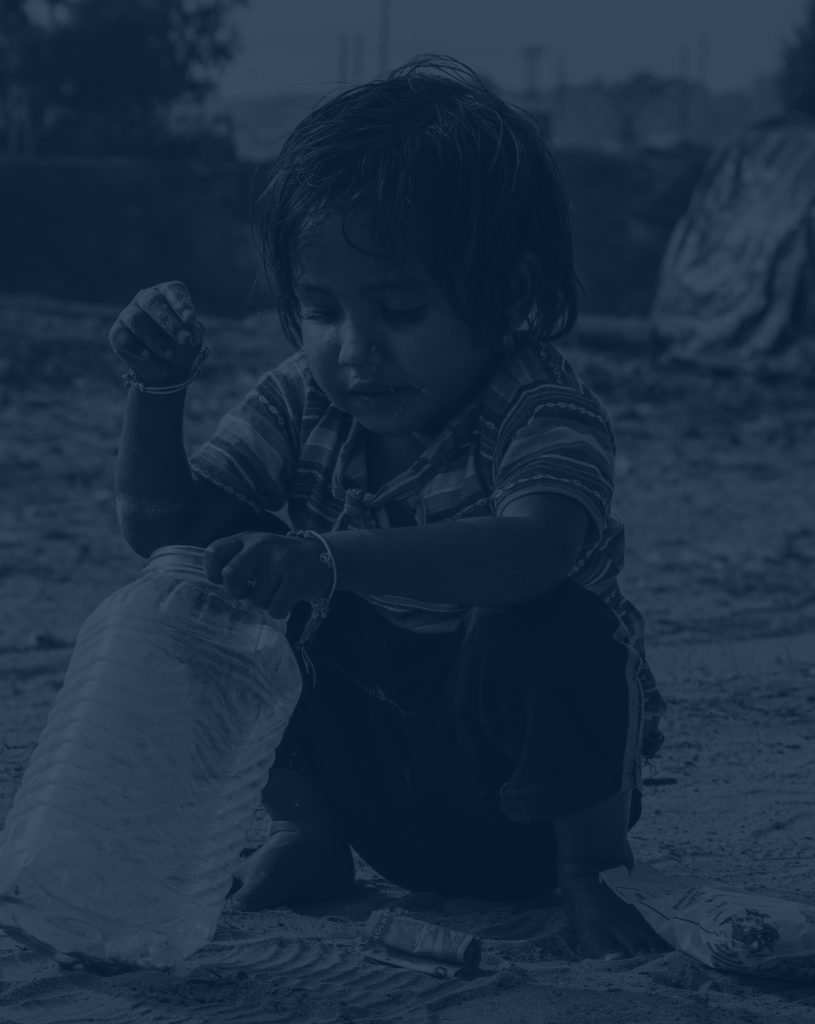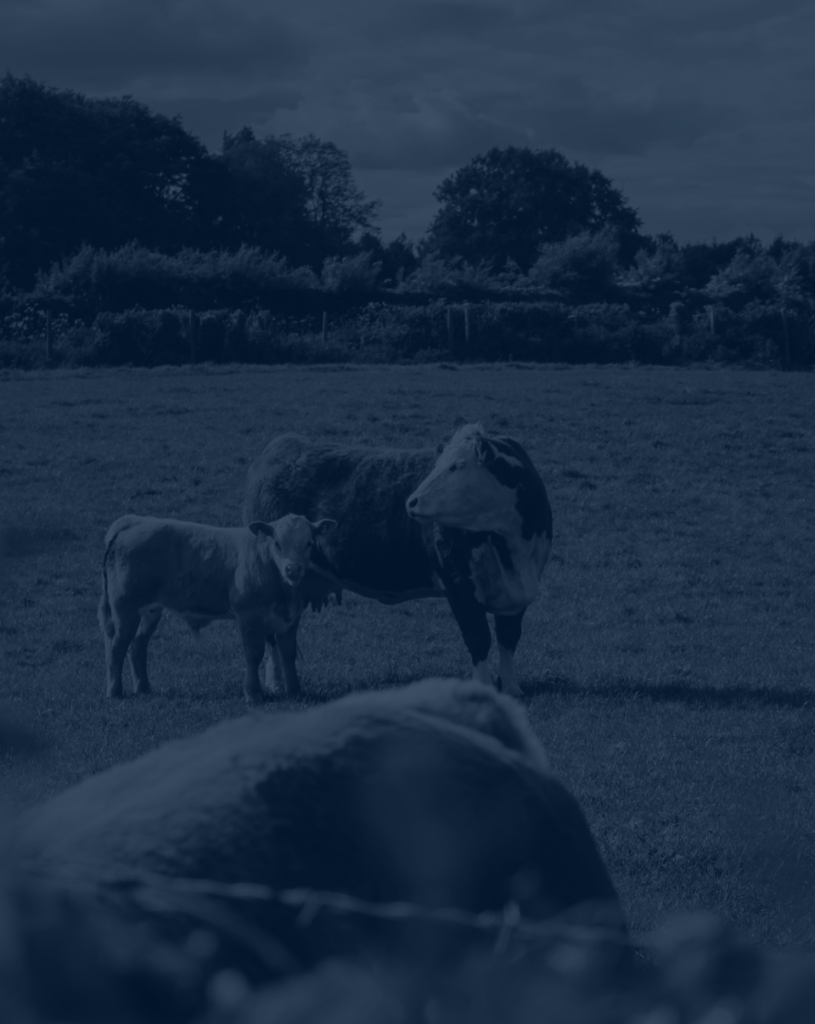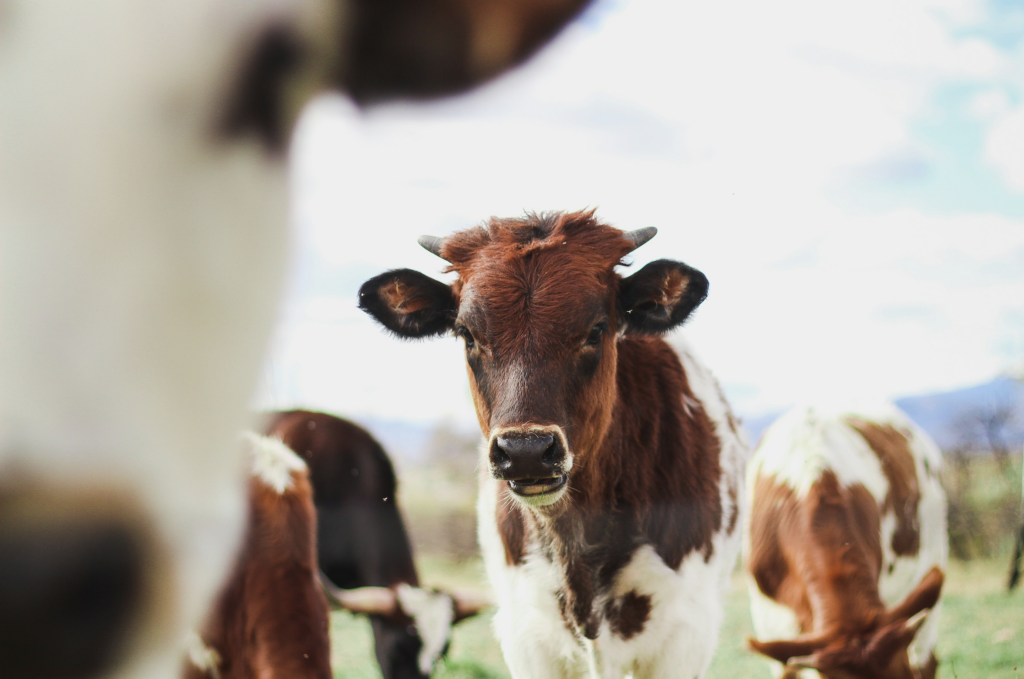According to the United Nations Food and Agricultural Organization, the livestock sector provides about 40 percent of the global value of agricultural output. It supports the livelihoods and food and nutrition security of almost 1.3 billion people. The livestock sector is also one of the fastest growing sectors of agriculture – especially in middle- and low-income countries, where any threat to the sector poses a greater threat to the economic survival of families and even to their physical survival. Around 500 million pastoralists worldwide rely on livestock herding for food, income, and as a store of wealth, collateral, or safety net in times of need.
Much of the world relies on inefficient and destructive practices and traditional methods. Traditional practices are often relatively non-sustainable and can cause significant environmental damage, which will only cause a cascading effect of lower outputs and greater food insecurity.
That, in turn, could have a tremendous impact on world security as local strife and violent competition can arise over increasingly limited areas of grazing land and as the specter of famine can lead to armed conflict.
Threats and Challenges
Biodiversity
Biodiversity is increasingly recognized as key to the planet’s health and humankind’s survival. A horticultural example of the dangers of overreliance on single and limited genetic diversity can be found in the history of the Elm tree in the United States and Europe. These trees occur naturally in North America and Eurasia. Because of the speed at which elm trees grew to maturity and the many excellent traits of the elm tree, these trees were widely planted across the United States and Europe. Many neighborhoods and subdivisions in the U.S. were entirely planted with elm trees. Then, by the late 1960s, Dutch Elm Disease, a fungus that appears to have come from Japan, devastated the elm trees of the United States and Europe.
By 1990, very few mature elm trees were left in Britain or Continental Europe. France lost 97 percent of its elm trees. In the 1930s, there were an estimated 77 million elm trees in North America, but by 1975, 75 percent had already been lost due to Dutch elm disease. Only because of biodiversity was a disease-resistant variety of Elm tree able to be developed – when a Siberian Elm was hybridized with an American Red Elm to produce a variety that is not susceptible to Dutch Elm Disease.
Similarly, the diversity of animal stocks worldwide is a vital and irreplaceable world resource. This diversity can ensure that future threats to particular animals and breeds of animals can be overcome. It also allows livestock growers to adopt new breeds that are better equipped to thrive in their local conditions and even as the ecological conditions of their grazing lands change.
Livestock producers can be key players in retaining species biodiversity as long as they are equipped to meet the challenges. Domuschiev Impact is working to keep food affordable for those most at risk. This will allow livestock growers and pastoralists to better adapt and survive without threatening the world’s biodiversity.
Improving crop yield and animal care
For centuries, manure from livestock has been a key factor in maintaining and increasing the yield of crops. Livestock production has also proven to be the best means of utilizing harsh environments and maximizing the conversion of natural resources that would otherwise be untapped into food, material for clothing, and for opening up economic avenues for people who would otherwise struggle to make ends meet. In mountainous and arid regions where crops would struggle to grow without a massive investment in scarce water resources and extensive work to improve the soil, animals can graze and reap the maximum benefit for humankind from regions that would otherwise be left empty.
Livestock are vital in many areas that still lack mechanization, as they still serve as draft animals –particularly in many low-income countries. Therefore, the health of draft animals is another key factor to consider. Healthy draft animals could even reduce the need for over-mechanization in agriculture and allow small farms to remain sustainable.
When pastoralists can graze animals without causing ecological damage and learn sustainable methods of raising livestock, the environmental impact will be lessened, and areas that are currently untapped could become available for sustainable development. Proper management of pastoral systems can maintain or increase soil carbon sequestration.
Domuschiev Impact is working to improve the health and well-being of livestock to feed the world. Healthier draft and breeding animals will also be key provisions for improved animal health. By redefining how we produce, distribute, and consume food, we are striving to keep food available to those at the highest risk at affordable prices, which will reduce the livestock industry’s environmental impact and ensure continued growth and food safety worldwide.
Because of increased income and population growth, there is a growing demand for animal protein worldwide, and Domuschiev Impact is helping to meet that need.
Ecological Impact and Climate Change
Currently, the livestock sector emits an estimated 7.1 GT of CO2-equivalent per year, representing 14.5 percent of human-induced greenhouse gas (GHG) emissions. Greenhouse gas emissions must be decreased in the future, and improving livestock practices will be a major key to meeting that challenge. As climate change causes global warming, livestock agriculture will only grow in importance as it allows less arable soil to be used for food production.
Because of the increased demand, livestock production is increasing worldwide. It offers a very positive way to improve the lives of many and raise them from poverty. It represents a tremendous opportunity to foster economic growth and provide for the well-being of many worldwide – particularly in areas prone to conflict because of the scarcity of resources. However, this growth must be managed in a way that will lessen its impact on the environment and be a positive benefit to humankind.
Sustainable development through livestock
Domuschiev Impact is working to make these improved methods of agricultural development a reality. They are working to reduce environmental impacts while maintaining and increasing the livestock sector’s power for sustainable growth, using more sustainable sources of feeds, improving carbon sequestration in agricultural landscapes, and helping livestock producers use more energy-efficient technologies and renewable energy resources.
In all these ways, Domuschiev Impact seeks to have a significant and lasting impact on the world by meeting the growing need for improvement and innovation in livestock agriculture. Learn more about how Domuschiev Impact is working towards building a bold new future for food.



